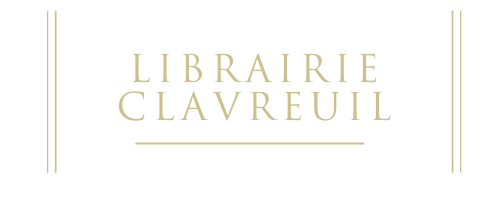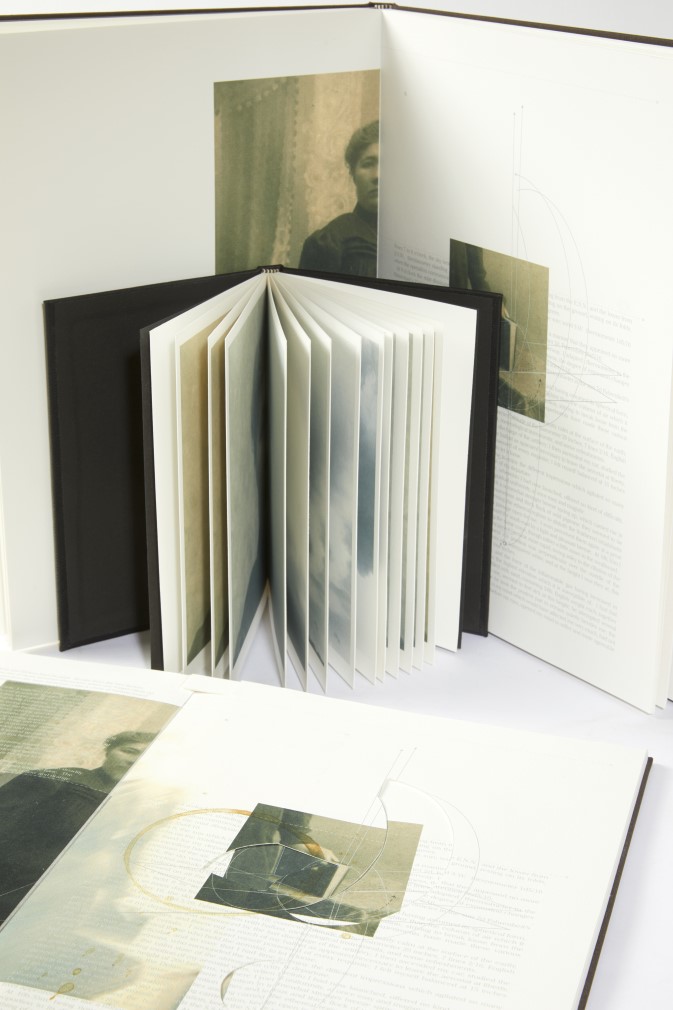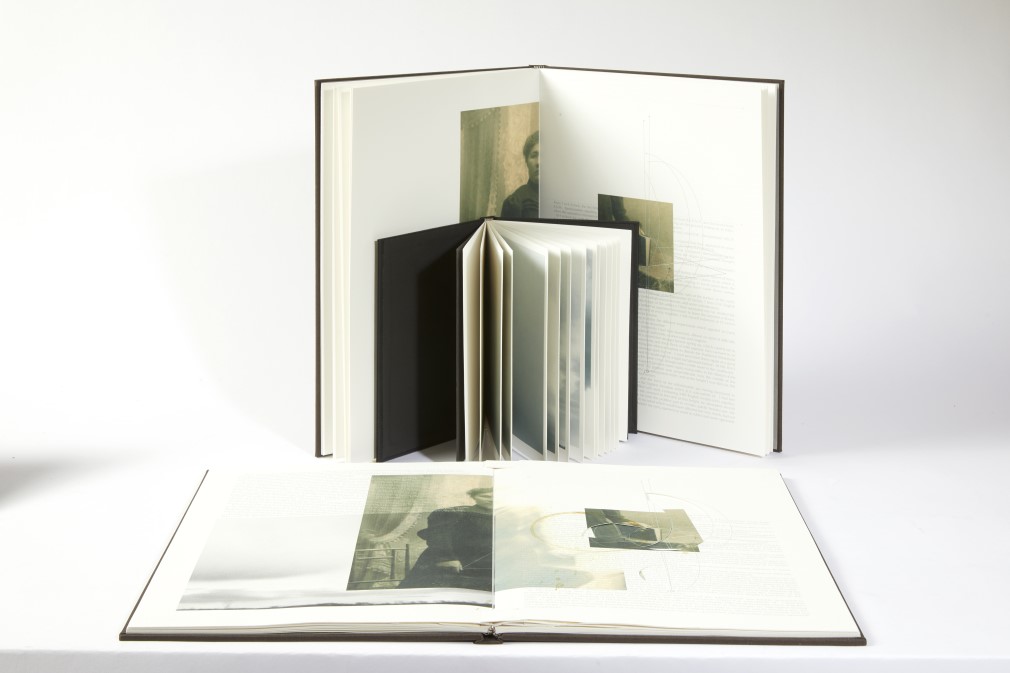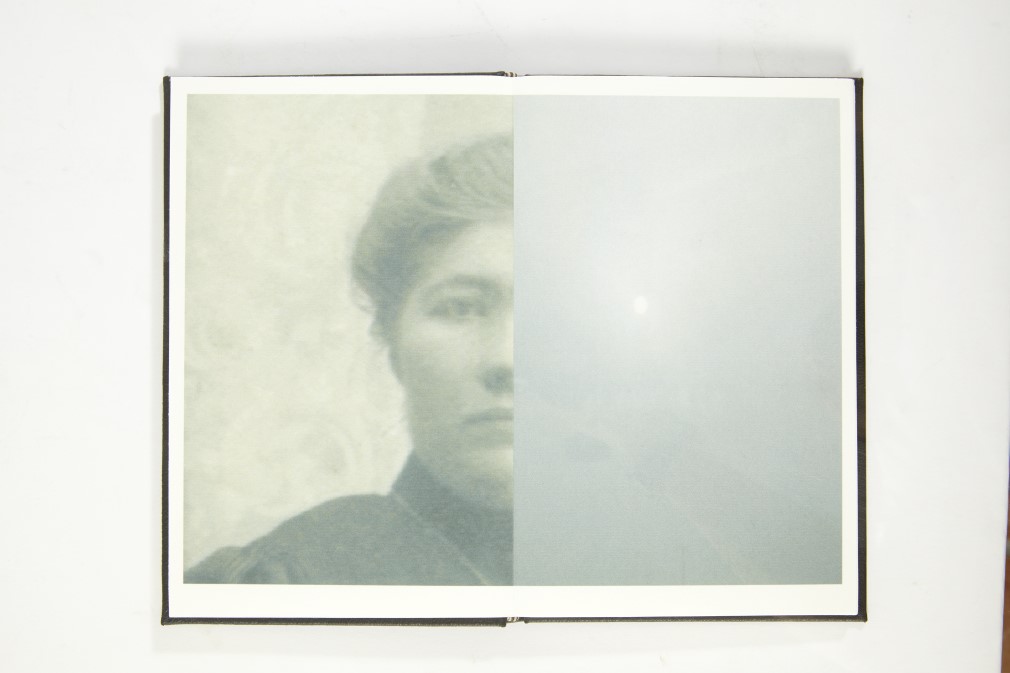In stock
First edition and copy number 1 of this limited edition of 20 copies, numbered and signed by both artists.
A fascinating book-object including 3 moving parts, based on texts by Blanchard, a portrait photograph purchased at the Brooklyn flea market and images from books on weather and climate. The stain on the outer cover of Breezes is part of the edition and is reproduced twice in the larger format books.
The photograph of this woman forms the link between the three book objects. She is presented in such a way that the reader-viewer advances in her perception.
Hofstra first presents us with the potential movements of the woman photographed with a book in her hand in Potential Motions. He then focuses on her face, alternating photographic effects of blur and movement in Breeze. Finally, we find the motion so dear to the artist in Random Events. The potential motions of the first book met with randomness and either come true or not.
« L’artiste néerlandais Sjoerd Hofstra est né en 1952 et vit à New York. Sculpteur de formation, il accomplit en 1994 une véritable transformation des Éléments d’Euclide sous la forme d’un pop-up. Explorant et repoussant les limites de la forme livre, en utilisant l’art du pop-up et des constructions en papier, Sjoerd Hofstra ne crée pas des livres mais des œuvres d’art sous la forme de livres, avec ou sans texte. En fait, il s’approprie ce support imprimé comme un objet de sculpture. La page devient alors le lieu de l’expérimentation sculpturale. Il rompt ainsi le carcan bidimensionnel de la page imprimée ou manuscrite pour y inscrire le relief et le mouvement. Pour Elements of Geometry by Euclid, il réemploie les pages imprimées du texte de l’édition princeps.
Le texte s’efface progressivement et laisse place aux formes géométriques en relief. Il introduit ensuite des lignes de perspective et des couleurs, faisant progressivement disparaître le premier texte imprimé. Hofstra redéfinit aussi la science dans ce livre puisqu’il inscrit progressivement dans les marges des questions invitant le lecteur à l’expérience personnelle de son propre corps en mouvement, à expérimenter la science avec son propre corps. Ainsi, le livre animé à l’intérieur de ces pages produit du mouvement à l’extérieur. Le lecteur n’est plus passif mais participatif face à cette œuvre d’art.» (Anne Sophie Lambert, Quand le livre fait de la science une œuvre-d’art, Site BnF).
Today, Hosftra’s creations can be found at the Brooklyn Museum, Yale University and the Smithonian.
Vous pourriez également être intéressés par ...
Related products
-
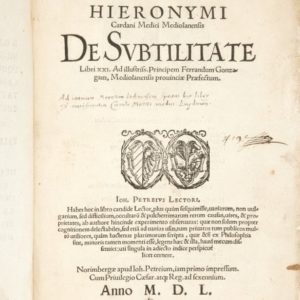
CARDANO, Girolamo
25 000 € Add to basket
De Subtilitate libri XXI, first edition
1550 -

ANGHIERA, Peter Martyr d’
250 000 € Add to basket
Extraict ou recueil des Isles nouvellement trouvees
1532 -
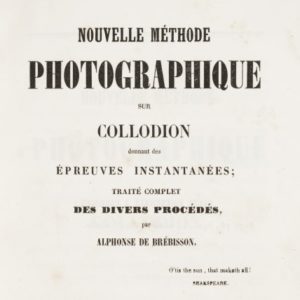
BRÉBISSON, Alphonse de
6 000 € Add to basket
Nouvelle méthode photographique
1852 -
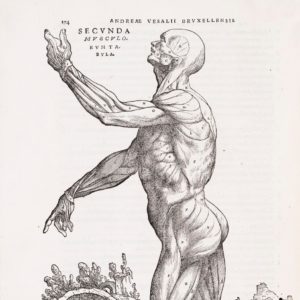
VESALE André
350 000 € Add to basket
De Humani Corporis Fabrica Libri septem
1543
